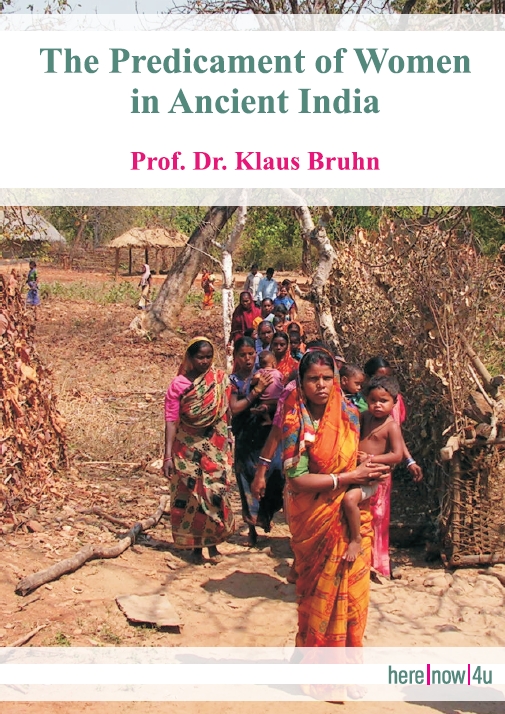Tryambaka begins his treatise inter alia by emphasizing the duty of the wife towards her husband: "Obedient service to one's husband is the primary religious duty enjoined by sacred tradition for women." (LESLIE 29) § 7.2.
The wife must not leave the service for her husband to others, neither to servants nor in the case of polygamy to junior wives: "If the wife is there, no one else should ever attend to (make the preparations for) her husband's bath, toilette, teeth-cleaning, collyrium, oblations to the gods, offerings to the ancestors, or anything else relating to his religious duty." (165) LESLIE compares the duties of the wife towards her husband with the duties of the student (brahmacarin) towards his teacher: "... attending to his teacher's morning toilet, rubbing his body with oil, helping him bath [sic], eating the remains of his meal..." Moreover he has to do everything himself and must not delegate the work to anybody else "while he himself stands apart." (167) We can add that some such rules of worship had even to be observed by a certain king, an ancestor of Rama, who wanted, following a vow, to propitiate a divine cow (standing when the cow stood, going on when she went on). Raghuvamsha 2.6. The duties (or virtues) of the obedient wife are described more than once: JOLLY 79; LESLIE 273-274, 280-283.
Radical authors have made great demands upon the wives. However repellent the husband, the wife has to adore him like a god (Manu 5.154). "Be a husband aged, infirm, deformed, debauched, offensive, a drunkard, a gambler.... still a wife should regard him as a god." (WALKER 605; see also § 9.1: Manu). Such extreme words are no exaggerations. One has to remember that old bridegrooms who marry young girls are a well-known social evil (sometimes depicted in films). The husband is to be 'worshipped like a god' -- this is to some extent understandable in the case of a monogamous marriage, but hardly in a polygamous marriage where the husband is exposed to the quarrels of two or more wives and has quarrels himself.
A general expression for a loyal wife is 'pati-devata': She who regards her husband (pati) as a god (devata). Another expression is 'pativrata': She who observes the vow (vrata) concerning her husband (pati), in short: the loyal wife. The husband/god equation is expressed in many ways." E.g.: "After his [the husband's] death, she may worship Vishnu but only if she keeps the image of her husband in her mind...." The husband is superior to the god (LESLIE 323-324). Mythological models of loyal wives are Arundhati, Parvati, Savitri and Sita (LESLIE 2; 29-33).
The wife has to pay obedience to her parents-in-law (LESLIE 161-164, 167-168). LESLIE refers to Rama's admonition to Sita (before agreeing to go with her into exile): In connection with the morning worship to the gods, Sita should pay homage to Rama's father, to his mother and (!) to his (Rama's) two step-mothers (LESLIE 162).
The proverbial bad mother-in-law does not seem to appear in shastric or narrative literature. But it goes without saying that the bride, in particular the young bride (not to speak of a young widow), had to follow the instructions of her elders. ALTEKAR gives the usual negative picture of the mother-in-law (92). MEYER's description is positive (the mother-in-law in the epics: MEYER We 301-302). WINTERNITZ is cautious (21), and in modern descriptions of the family the mother-in-law is perhaps not dominant. She has at least a share in the dowry murders.
Wives may be beaten (and are beaten):
Manu 8.299-300 (LESLIE 243). When they misbehave, a wife, son, slave, pupil, or uterine brother may be beaten with a rope or a bamboo strip on the back of their bodies and never on the head. If he beats them in any other way, his liability is the same as for theft.
 Prof. Dr. Klaus Bruhn
Prof. Dr. Klaus Bruhn
 Title Photo Background:
Title Photo Background: